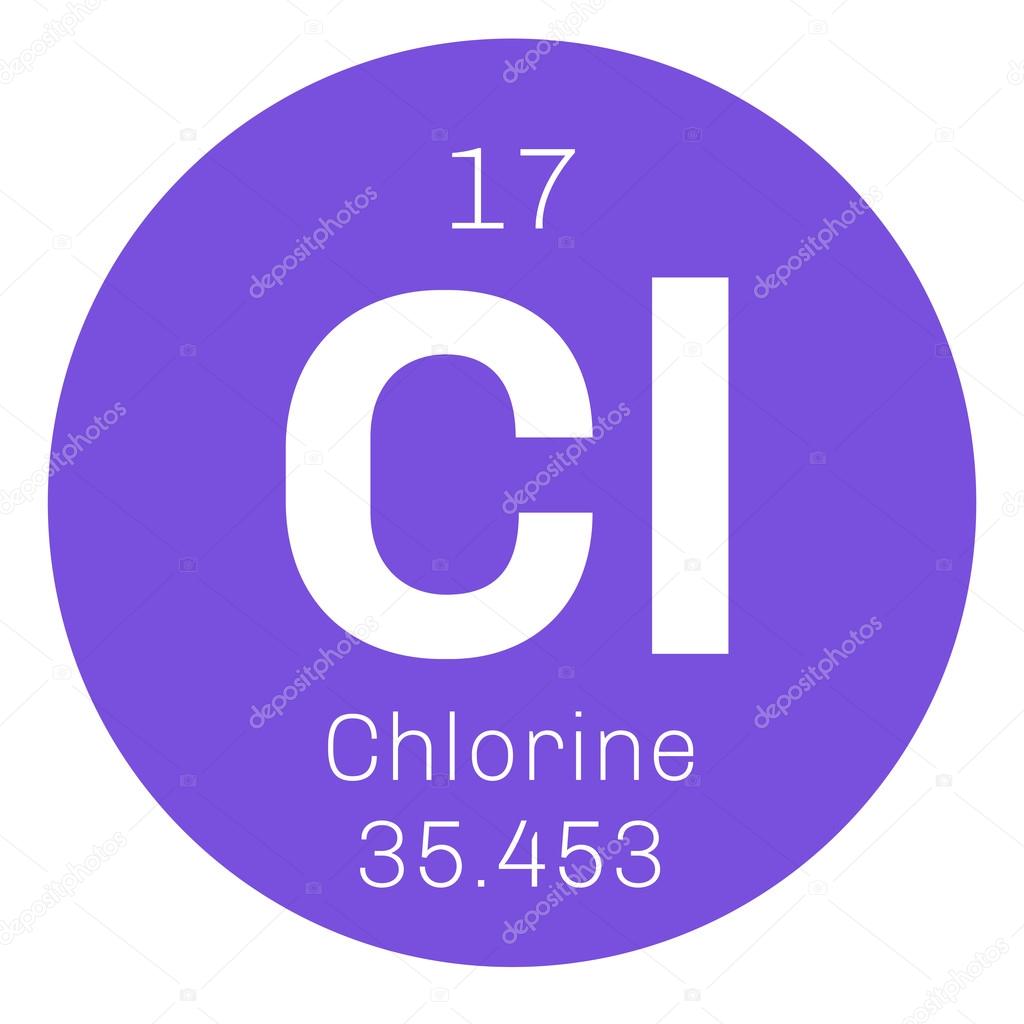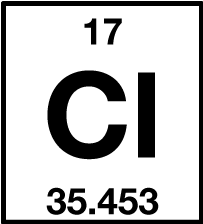

Later, it was replaced by the atomic number, which uniquely defines an element. But the atomic weight was found inconsistent to define an element. Russian chemist Dmitri Mendeleev used the atomic weight to form the raw version of the periodic table. While enriched uranium 235U (on the right) have the atomic mass of 235.043 929 9(20) u. The difference also depends on the relative abundance of isotopes.įigure 2: The natural uranium ore (on the left) consists of isotopes 234U, 0.005 % 235U, 0.720 % and 238U, 99.274 % having the atomic weight of 238.028. The difference in the atomic mass and the atomic weight increases when there is a large variance in atomic masses of isotopes. When we deal with elements which are mono-isotopic i.e., have only one isotope, the atomic mass and the atomic weight are the same. It is mentioned in large significant figures. It is usually expressed in fewer decimal figures. It does not change from sample to sample. The atomic mass of an isotopic atom is unique.

The atomic weight depends on the relative abundance of isotopes of an element in a given sample. It is the sum of the mass of electrons, protons, and neutrons present in an atom. It is determined from the atomic number and the mass number. The atomic weight is estimated from the atomic mass of isotopes of an element. It is used when we are dealing with an isotopic atom. The atomic weight is more practical and often used by chemists. The dalton or the unified mass unit (u) or the atomic mass unit (amu) is the unit used to express the atomic mass. The atomic mass is the mass of an atom of an element. The atomic weight is weighted average atomic mass of isotopes. Table 1: Comparison between Atomic Weight and Atomic Mass Atomic Weight The table below helps to distinguish the differences between both. It was English scientist Francis Aston who accidentally discovered the existence of isotopes. The atomic mass came to known with the discovery of isotopes. In fact, John Dalton calculated atomic weights of different elements using hydrogen, which is the lightest element, as the reference standard, not atomic masses. The notion of the atomic weight was discovered prior to the atomic mass. The atomic weight and the atomic mass are often confused as the same quantity, but they are different. The values of the standard atomic weight are published and maintained by the Commission on Isotopic Abundances and Atomic Weights (CIAAW), which is a committee of the IUPAC. It is more specific than the atomic weight. When the atomic weight of an element is calculated using the relative abundance based on the Earth, we called it the standard atomic weight A r, std Thus, the standard atomic weight considers naturally occurring isotopes. So, we can also define the atomic weight in terms of carbon-12 as the ratio of the average atomic mass to the one-twelfth atomic mass of carbon-12. In order to make the result dimensionless we divide it by 1 u.ġ u is also defined as the one-twelfth atomic mass of carbon-12, 1 u = 1∕ 12 m ( 12C). The numerator in the above formula gives the average atomic mass, which has a unit of the dalton or the unified atomic mass (u). Where p i is the percentage or relative abundance of an isotope i of atomic mass m i. The formula of atomic weight can be formulated based on the above definition. Unlike the atomic mass, the atomic weight does not have any unit. The atomic weight is denoted by the symbol A r. The atomic weight is also known as the relative atomic mass. It is the weighted average atomic mass calculated using the relative abundance of isotopes of an element. The Atomic weight is defined as the average atomic mass of isotopes of an element in a given sample. The weighted average of their atomic masses gives the atomic weight of chlorine.

Figure 1: Chlorine has two naturally-occurring isotopes: 35Cl, 75.76 % 37Cl, 24.24 %. This average atomic mass is called the atomic weight. To solve this problem and have better accuracy in calculations, we average out atomic masses. The dilemma here is which atomic mass to consider. The atomic mass of these isotopes is 34.969 u and 36.966 u respectively. Because of this variance in the neutron number, an atom of the same element can have a different atomic mass.Ĭonsider an example of chlorine, which has two naturally-occurring isotopes: 35Cl and 37Cl. For a given element, the proton number (more commonly known as the atomic number) is fixed, but the neutron number can vary. Protons and neutrons are mainly responsible for the mass of an atom. Atoms consist of electrons, protons, and neutrons. The atomic weight (also known as relative atomic mass) is a quantity used to express the average weight of an atom.


 0 kommentar(er)
0 kommentar(er)
